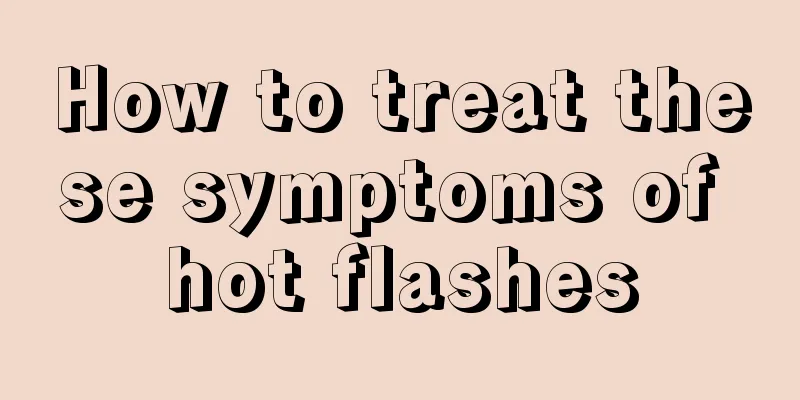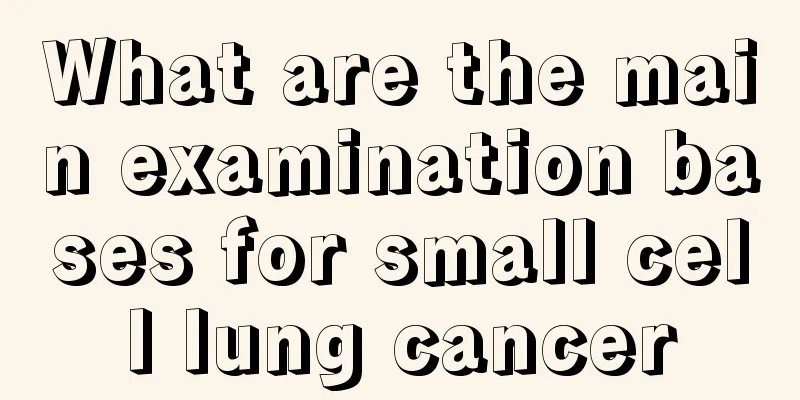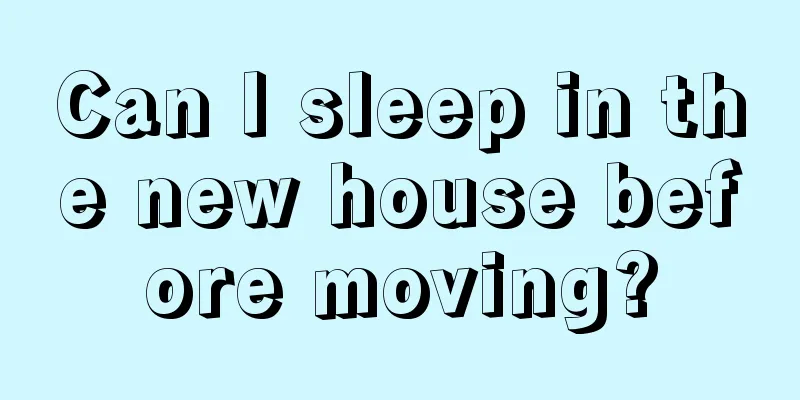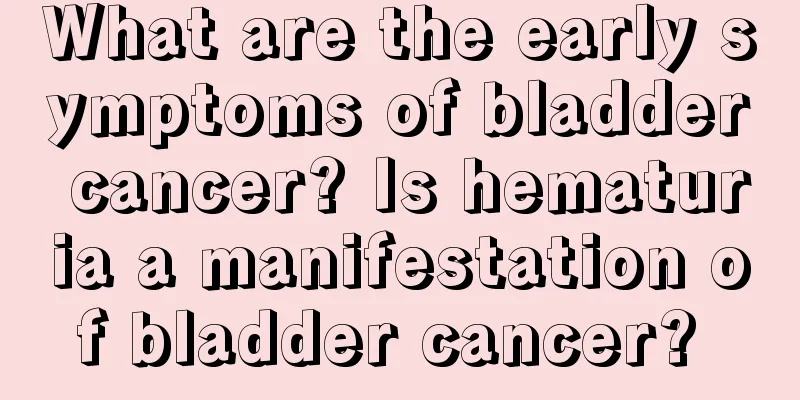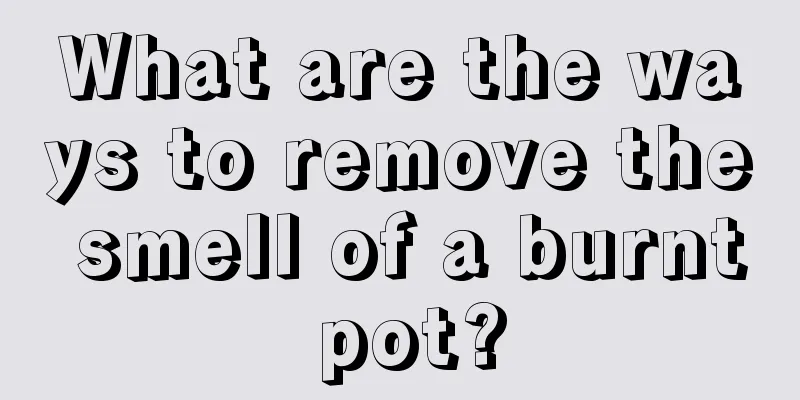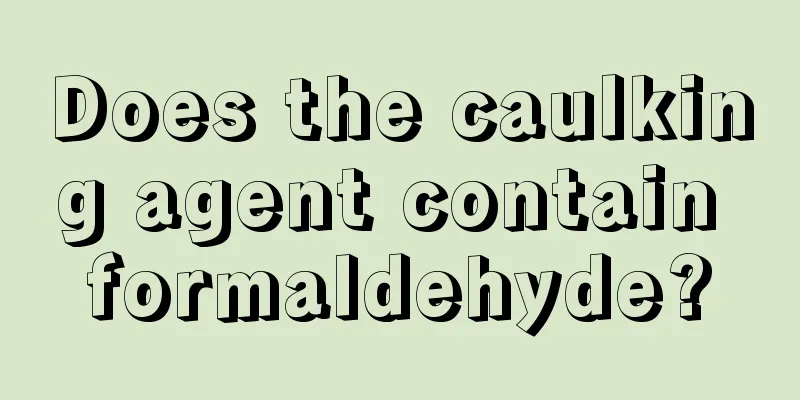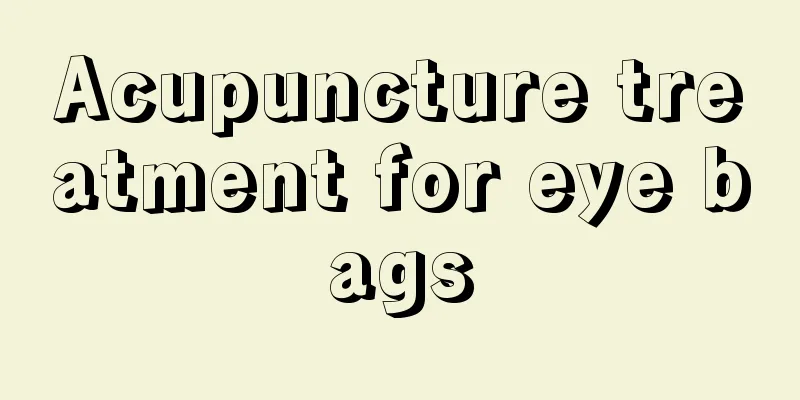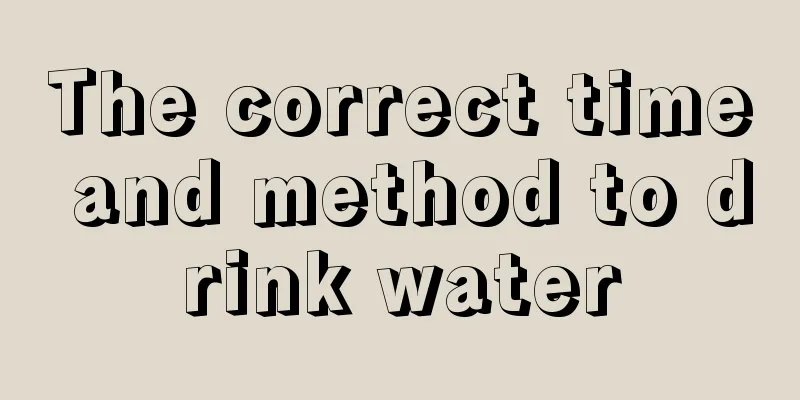Purpose of cold therapy
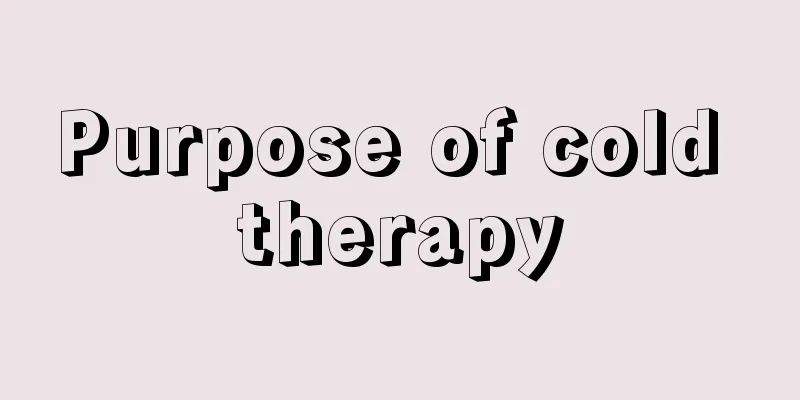
|
Cold therapy is a commonly used treatment method in modern medicine. It has a wide range of uses. It usually involves contacting the human body with some low-temperature objects to achieve the purpose of cooling the body. Therefore, when people have fever or other conditions, they can use cold therapy to treat it. The effect of cold therapy is also very significant, and the cooling speed is also very fast. So, what is the purpose of cold therapy? 1. What is cold therapy? Cold therapy is a method of treating disease by using a medium below body temperature to contact the human body to cool it down. The difference between it and cryotherapy is that the low temperature applied to the human body will not cause damage to tissue cells. Brief and deep hypothermia can excite the nervous system, but prolonged hypothermia will have the opposite effect. Cold applied to a local area can cause blood vessels to contract and then dilate, which is beneficial to improving local circulation. Cold deepens breathing and is clinically used for high fever, early soft tissue injury, and neurosis. It is also often used in health care to improve the body's resistance. 2. Purpose and contraindications of cold therapy Purpose: 1. Hemostasis: relieve local congestion or bleeding. Used in the early stages of local soft tissue injury, nosebleed (epistaxis), and after tonsillectomy. 2. Analgesia: reduce the sensitivity of nerve endings; reduce exudation; relieve tension of local tissues. Relieve pain. Acute pain, tension pain (tenderness, burning). It is often used in the early stages of acute joint sprains, toothaches, and burns. 3. Control inflammation: control the spread of inflammation. Medical | Education Network collected and sorted it out. It is often used in the early stages of inflammation (within 48 hours), such as acute conjunctivitis (pink eye). Local blood flow is reduced, reducing the vitality of bacteria. 4. Cooling: lowering body temperature. Commonly used for fever. Contraindications: 1. Circulatory disorders: aggravate circulatory disorders, leading to local tissue ischemia, hypoxia, and tissue necrosis. 2. Chronic inflammation or deep purulent lesions: Cold reduces local blood flow and hinders the absorption of inflammation. 3. Tissue damage and rupture: Cold can cause poor blood circulation, increase tissue damage, and affect wound healing. 4. Behind the head: auricle. Scrotum, precordial area, abdomen, and soles of the feet. Less peripheral circulation; reflex arrhythmia; abdominal pain, diarrhea; cold soles of feet will cause reflex contraction of capillaries throughout the body; hot feet will make the whole body feel comfortable (forbidden for patients with coronary heart disease and hypertension; place a hot water bottle on the soles of feet for physical cooling). |
<<: Can cut mangos be eaten overnight?
>>: Liquid nitrogen cryotherapy for warts
Recommend
What are the nutritional and healthy recipes for children's diet
Children's physical development is very fast,...
Can pulmonary fibrosis be reversed?
When lung function becomes sick, it may mean that...
What are the dangers of alanine aminotransferase 65
Some patients who are familiar with alanine amino...
What foods can I eat and how to treat nasopharyngeal cancer
No matter what disease you have, you should take ...
Analysis of the main advantages of TCM in treating pancreatic cancer
Pancreatic cancer is a very serious malignant tum...
How many degrees should the air conditioner be set in winter
Air conditioners are commonly used electrical app...
Which is better, brisk walking or jogging
Brisk walking and jogging are both forms of exerc...
What are the precautions for soaking your feet in red peanuts and ginger?
Soaking your feet before going to bed in winter c...
How to test uric acid by yourself
I believe everyone pays great attention to their ...
What are the arm movements in breaststroke?
Many people are interested in swimming. People wh...
Pay attention to various examinations for thyroid cancer
There are many diseases around us every day that ...
Why is my heart beating so fast?
The heart plays an extremely important role in ev...
How to treat high alt
In life, many people suffer from liver diseases, ...
What is the method of using sanitary napkins
We all know that women use sanitary napkins durin...
Does nasopharyngeal cancer cause swallowing pain?
Does nasopharyngeal cancer cause swallowing pain?...
